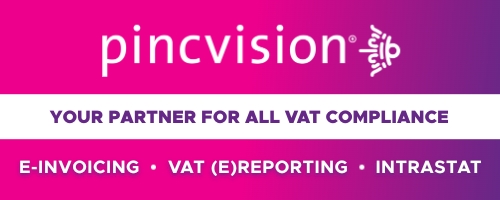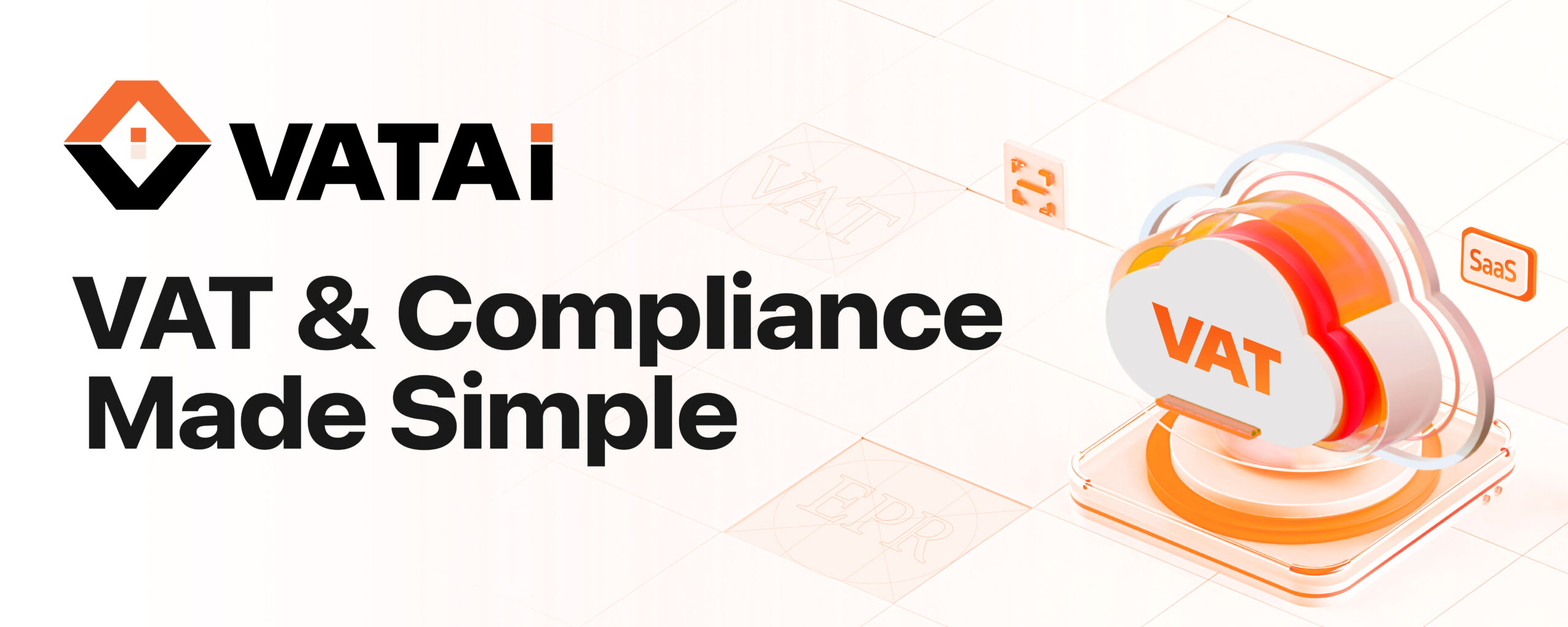- Canonical format optimizes data integration and electronic invoicing by standardizing information from various systems.
- It ensures data is presented in a coherent format, reducing errors and improving system communication.
- In integration projects, it reduces technical complexity, costs, and time by eliminating the need for multiple interfaces.
- It allows for easy adaptation to technological changes and regulatory updates.
- In project management, it optimizes time analysis, enhances agility in deployment, and reduces operational costs.
- In electronic invoicing and tax compliance, it ensures uniformity across tax regulations, simplifying management.
Source: edicomgroup.com
Note that this post was (partially) written with the help of AI. It is always useful to review the original source material, and where needed to obtain (local) advice from a specialist.














